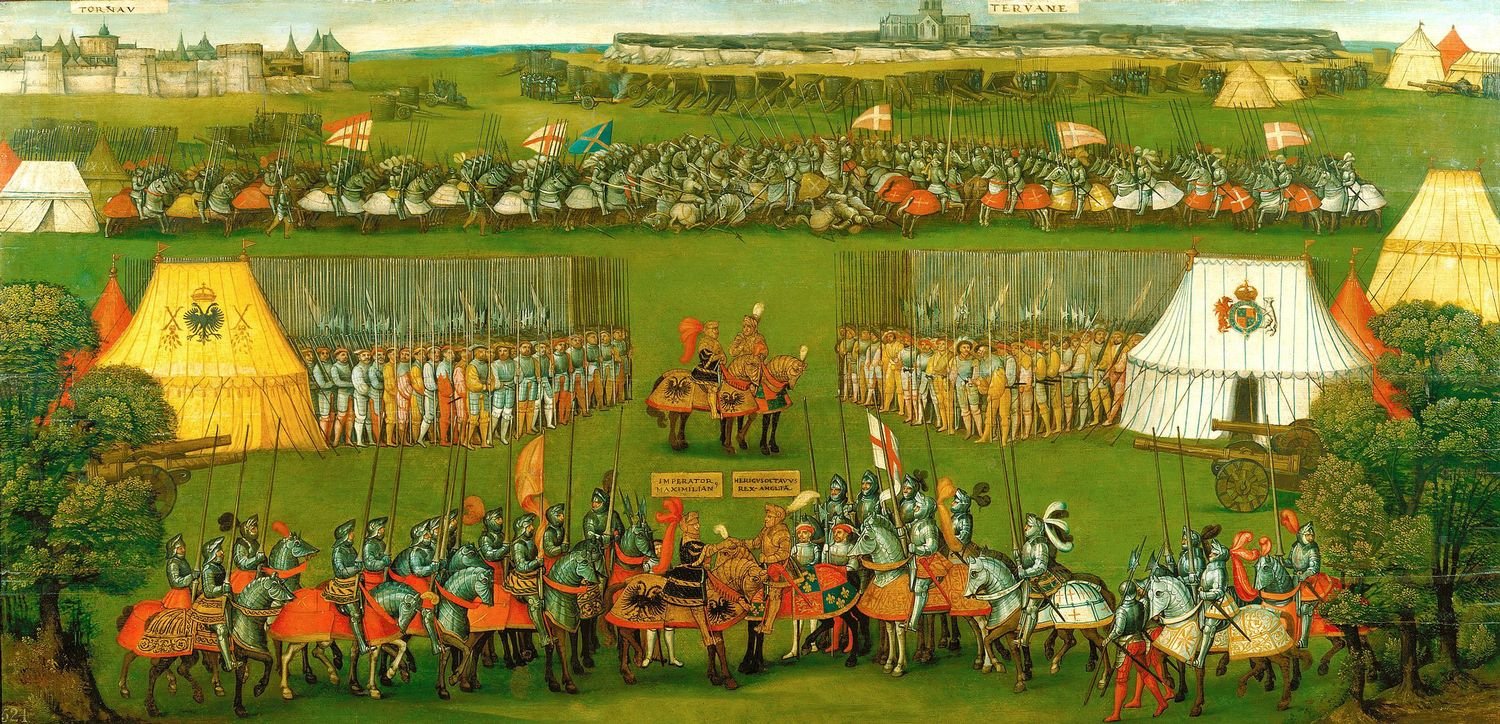
European Armour in the Royal Collection
An introduction to European armour in the Royal Collection.
Charles II, 1630-1685
1678-79RCIN 31958
Depiction in classical rather than contemporary armour was a means of ensuring a statue did not become outdated as fashions changed over time – helping to preserve the memory of the subject for a longer period. It also associated the wearer with imperial victory and success. The classical manner of dressing, with its historic associations of heroism and bravery, followed the Renaissance artistic convention which looked back to Ancient Greece and Rome for inspiration.
Charles II (1630–1685) is shown here like a Roman emperor: in a breastplate outlining a stylised male torso, crowned by a laurel wreath, and sporting cropped hair in the style of Julius Caesar. By imitating articulated muscles, the breastplate suggests its own absence – creating the impression of an autonomous, perfected body. Rather than betraying vulnerability, armour of this type was intended to indicate the wearer's innate strength. Inspiration may have been taken from the equestrian statue of the Roman Emperor Marcus Aurelius at the Capitoline Hill, Rome.







